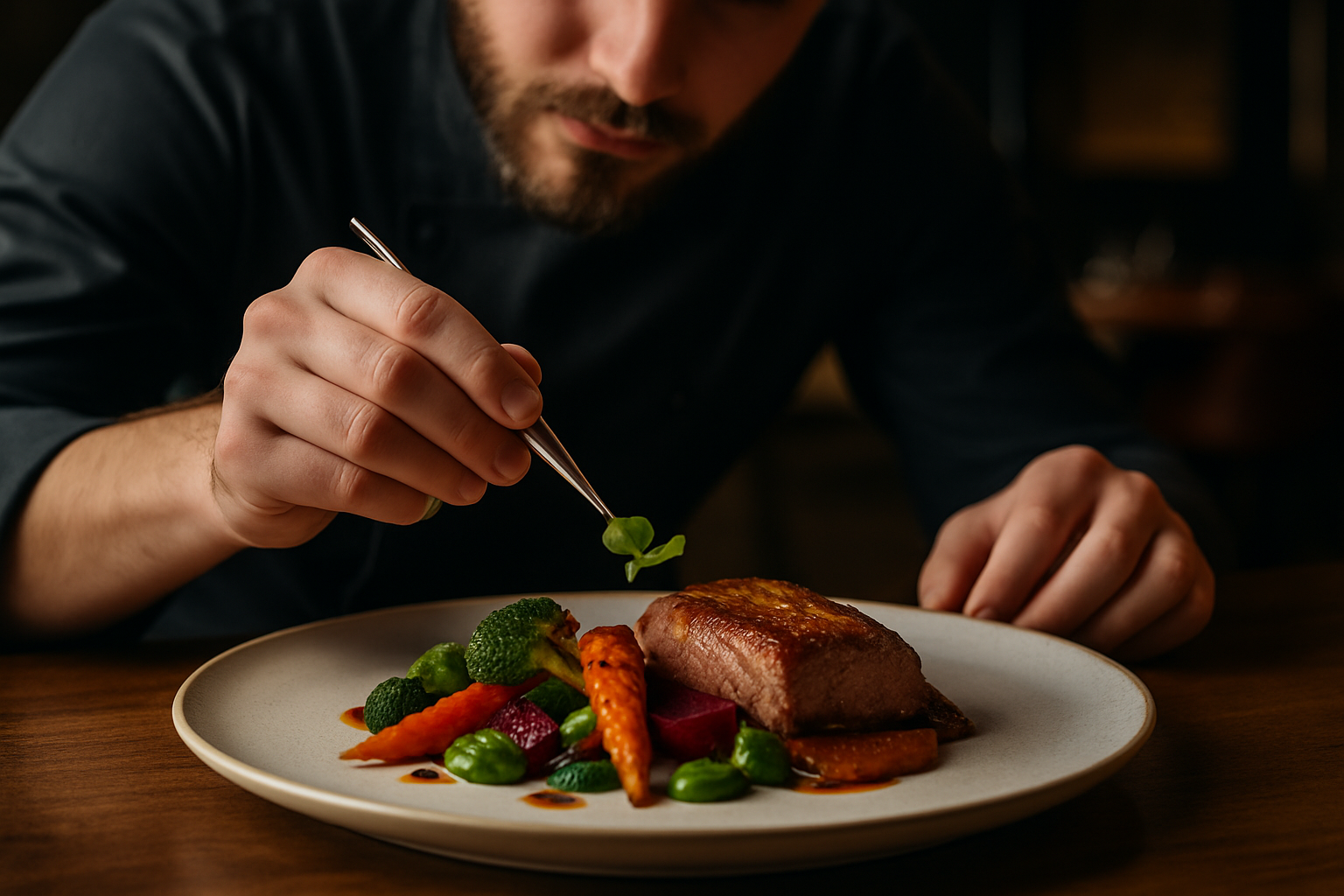Culinary Theater: The Fusion of Gastronomy and Performance Art
In the ever-evolving landscape of artistic expression, a captivating new genre is emerging that tantalizes both the palate and the imagination. Culinary theater, an innovative fusion of gastronomy and performance art, is redefining the boundaries of creative experience. This groundbreaking movement blends the sensory delights of fine dining with the immersive storytelling of live theater, creating a multisensory spectacle that engages audiences in unprecedented ways.

Pioneering Productions
As the concept gained traction, dedicated culinary theater companies emerged, pushing the boundaries of what was possible when food and performance collided. One of the earliest and most influential productions was Ferran Adrià’s elBulli, which closed its doors as a restaurant in 2011 to reinvent itself as a culinary creative center. This transition set the stage for a new wave of immersive dining experiences that would captivate audiences worldwide.
The Anatomy of a Culinary Theater Experience
A typical culinary theater production is a carefully orchestrated affair that engages all five senses. Upon arrival, guests are often transported to a meticulously designed set that serves as both dining room and stage. As the evening unfolds, a series of dishes is presented, each one a work of art in its own right, accompanied by performances that range from subtle interactions to elaborate set pieces.
The Role of Technology
Advancements in technology have played a crucial role in the evolution of culinary theater. Projection mapping, augmented reality, and interactive installations are now commonplace, allowing creators to craft ever more elaborate and immersive experiences. These tools enable the seamless integration of digital elements with physical food and performance, blurring the lines between reality and fantasy.
Cultural Impact and Critical Reception
Culinary theater has not only captured the imagination of food enthusiasts and theater-goers but has also garnered significant attention from critics and cultural commentators. Many see it as a natural evolution of both culinary and performing arts, praising its ability to create deeply memorable and emotionally resonant experiences. However, some critics argue that the focus on spectacle can overshadow the quality of the food itself.
Challenges and Controversies
Despite its growing popularity, culinary theater faces several challenges. The high production costs associated with these elaborate experiences often result in steep ticket prices, raising questions about accessibility and elitism. Additionally, the environmental impact of such resource-intensive productions has come under scrutiny, prompting some companies to explore more sustainable practices.
The Future of Culinary Theater
As the genre continues to evolve, we are seeing an increasing diversification of themes and approaches. Some productions are delving into historical narratives, using food as a lens through which to explore different cultures and time periods. Others are tackling contemporary issues, using the unique format to engage audiences with topics such as climate change and social justice.
Conclusion
Culinary theater represents a bold new frontier in the world of arts and entertainment. By seamlessly blending the culinary and performing arts, it offers audiences a truly unique and immersive experience that challenges traditional notions of both dining and theater. As the genre continues to grow and innovate, it promises to reshape our understanding of what constitutes art and performance in the 21st century.




